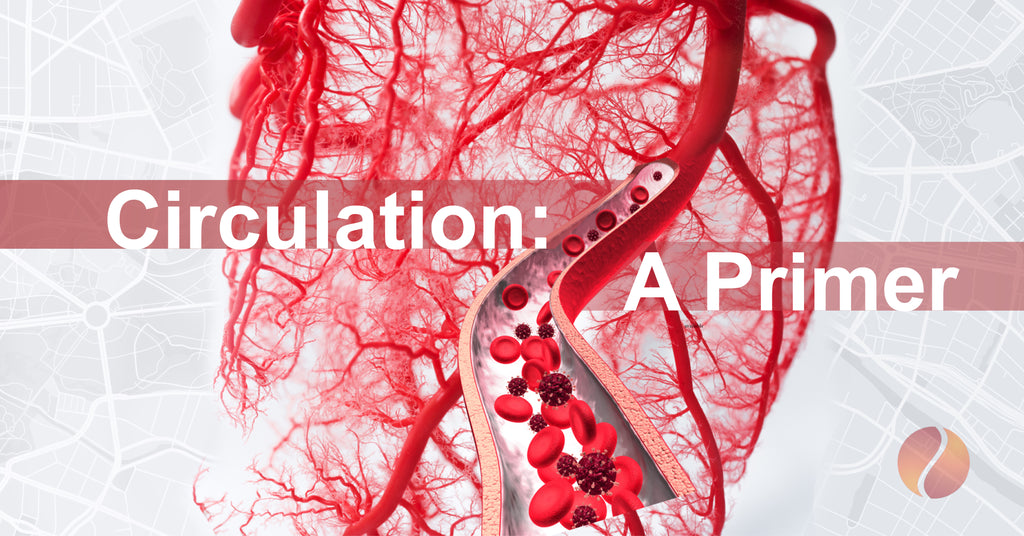Circulation: A Primer

We’ve spoken about how infrared therapy improves circulation. But, that begs the question: “Circulation of what?” When we hear the word “circulation,” most of us think of blood, and we’re certainly not wrong. But, there’s a lot more than just blood circulating within us. For instance, in addition to a blood circulatory system, we also have one for lymph and another for energy.
For today, however, let’s stick with the most commonly known circulatory system. Even here, there are important questions to be asked. What is it? How does it work? Why is it so important?
What and How
The constant movement of blood within us is easily one of our body’s greatest marvels. The whole process, of course, powered by a miracle of anatomical engineering: the heart.
Only the size of a closed fist, and weighing less than one pound, this mechanical pump moves more than one gallon of blood every minute, while resting. That’s more than 60 gallons per hour, 1,440 gallons per day . . . and 525,600 per year! Taking an average lifetime of, say, 75 years, that’s 39,420,000 gallons of pumped blood. And, that’s only in the case of someone who does nothing more than lie in bed or sit in a chair! If you stand, walk, or run, those figures increase dramatically.
Why?
But, why does the heart pump? It’s certainly not so it can grow larger, like our other muscles. Nor is it just a question of moving blood from one place to another, for a simple change of scenery.
Actually, there are two kinds of anatomical blood circulation: systemic and pulmonary, and both are constantly happening. In systemic circulation, arteries carry oxygenated blood away from the heart to the rest of the body, while veins carry oxygen-depleted blood back to the heart.
Pulmonary circulation, on the other hand, moves oxygen-depleted blood to the lungs for an O2 “fill-up,” after which that newly-enriched blood returns through the pulmonary veins to the heart.
Oxygen
Air is actually a delicately balanced composition of mainly nitrogen (over 70%), oxygen, and argon, with trace amounts of other elements, such as carbon dioxide, helium, and hydrogen. Even though we breathe air, we preferentially use mostly oxygen. This finely-tuned process is known as alveolar gas exchange, which is powered by diffusion, where higher concentrations of certain gases yield to lower ones. Furthermore, although we need to breathe oxygen for survival, too much oxygen can harm and even kill us!
In our next post, we’ll discuss why oxygen, in the right dose, is so necessary for our survival.
Until then, keep well!
Sincerely,
The Therasage Team
- Melody Besner



